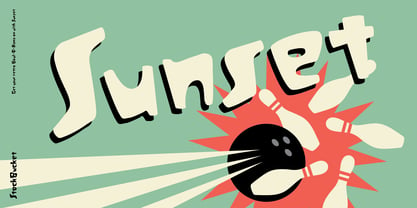10,000 search results
(0.019 seconds)
- BaselBook - Unknown license
- BodinSmall - Unknown license
- SF Foxboro Script Extended - Unknown license
- Bikly - Unknown license
- 3x3 dots - 100% free
- Ben Hard Life - Unknown license
- Sci Fied - 100% free
- Mordred - Unknown license
- SF Cartoonist Hand SC - Unknown license
- Olympus - Unknown license
- Redhead Goddess - Unknown license
- Gothic by Wooden Type Fonts,
$15.00 - Sunset by Komet & Flicker,
$10.00 - Sony Sketch EF - Unknown license
- GALLEGA - Unknown license
- Arbeka - Unknown license
- Gadzoox - Unknown license
- Perolet - Unknown license
- Woodring - Unknown license
- Floopi - Unknown license
- Omellons - Unknown license
- MunsterMash - Unknown license
- Scrapes - Unknown license
- 1920 - Unknown license
- WHOA SAUCE PERSONAL USE - Personal use only
- ho ho ho PERSONAL USE - Personal use only
- Roddy - Unknown license
- SF Speedwaystar - Personal use only
- SF Wasabi - Unknown license
- SF Retroesque - Unknown license
- SF Laundromatic - Unknown license
- Wallau Zier - Personal use only
- SF DecoTechno - Unknown license
- SF Willamette - Unknown license
- Inflex by Monotype,
$29.99 - MACIZA - Personal use only
- Jacoba - Unknown license
- Cayetano - Unknown license
- DeLarge - Personal use only
- Life in Space - 100% free







































